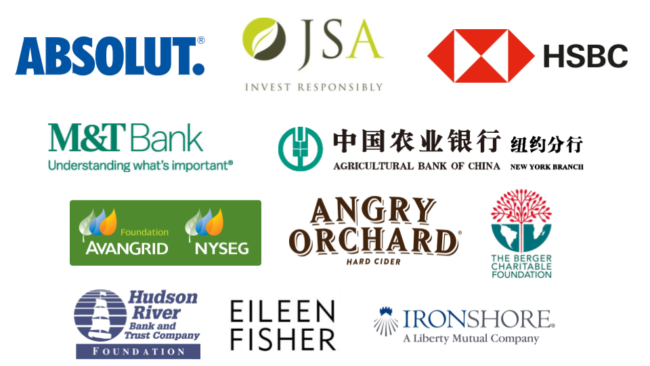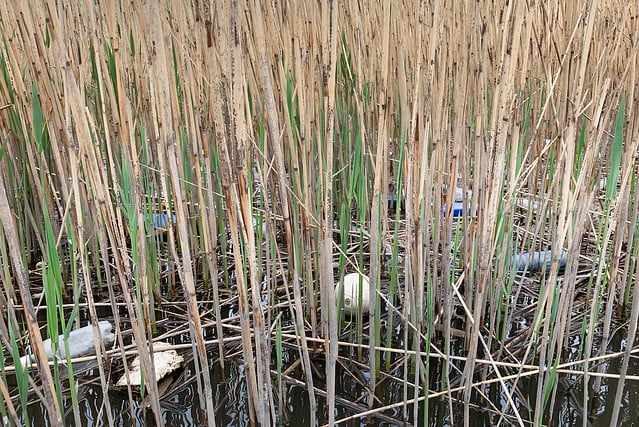Plastic pollution in the Hudson: Detailed data from Riverkeeper Sweep 2019
The No. 1 item found in shoreline trash? Plastic bottles. Dive into the data collected by volunteers at a dozen locations along the Hudson River & NYC waterfront.
Want to know what’s trashing our shorelines? Here’s a look.
Riverkeeper Sweep volunteers made an effort to count and classify items of trash picked up at a dozen shoreline cleanups. This infographic shows detailed results from the sites participating in the Comprehensive Data Collection Initiative, color-coded by location.
Plastic pollution continues to plague waterways worldwide, and the Hudson is no exception.
The most common item in the shoreline trash this year: Plastic bottles.
No other single item was quite as pervasive, either in the anecdotal reports from project leaders or in the detailed data collected at 12 of the 122 locations.
As you can see, they were found by the hundreds. They were the No. 1 item at four sites. And at most locations, they were in the Top 3. Plastic bottle caps, food wrappers, and single-use plastic bags were also found in great numbers. Cigarette butts were widespread at Flushing Bay and Kingston Point Beach.
In addition to tracking these objects, participants also collected data on “tiny trash” less than 2.5 centimeters in size. Plastic and foam pieces dominated in this category as well, as the most commonly found type of “tiny trash” at 90 percent of participating sites. While plastic persists for centuries, it breaks down into smaller and smaller pieces. These pieces can make wildlife sick and attract industrial pollutants, degrading our waterways across the board.
That both intact and broken-down plastic was found in such great numbers reveals how pervasive the problem of plastic is.
“Smaller plastics are our biggest problem,” says Joaquim Goes, a marine biologist at Columbia’s Lamont-Doherty Earth Observatory, who analyzed samples from the Hudson and New York City waterways for microplastics, with support from Riverkeeper’s patrol boat. “Microplastics are in the guts of every animal we’ve studied.” (Read about his research with geochemist Beizhan Yan and high-school science teacher Debra Magadini and students in Columbia Magazine.)
Data makes a difference
Fortunately, we’re seeing real determination to fight this problem. In all, 2,400 volunteers took part in the 8th Annual Riverkeeper Sweep at 122 locations on the shorelines of New York City and the Hudson Valley. They picked up 32 tons of trash and debris overall, including 314 tires and 362 bags of recycling.
And little by little, we’re making progress. Sweep collection data is helping to make the case for common-sense legislation aimed at reducing our use of plastic.
• New York State’s plastic bag ban goes into effect in March 2020. Last year, Sweep volunteers helped document plastic bag pollution and collected signatures in support of such a ban.
• Westchester County joined municipalities across the state and country in banning polystryene (Styrofoam) food containers, and a legislator cited Sweep data as a compelling part of her reasoning.
• New Paltz asked restaurants last year to stop automatically handing out straws, with inspiration from Riverkeeper. Similarly, Ulster County passed a “Skip the Straw” law just this month.
• New York State legislators proposed to expand the New York State bottle redemption bill so that it includes non-carbonated beverages and wine and liquor bottles. In the next legislative session, we’ll renew our push in support of that step.
Learn more
Riverkeeper’s campaign for a Trash Free Hudson
5 things you can do to reduce plastic pollution (& they’re not hard at all)
Thanks to our Sweep Sponsors


